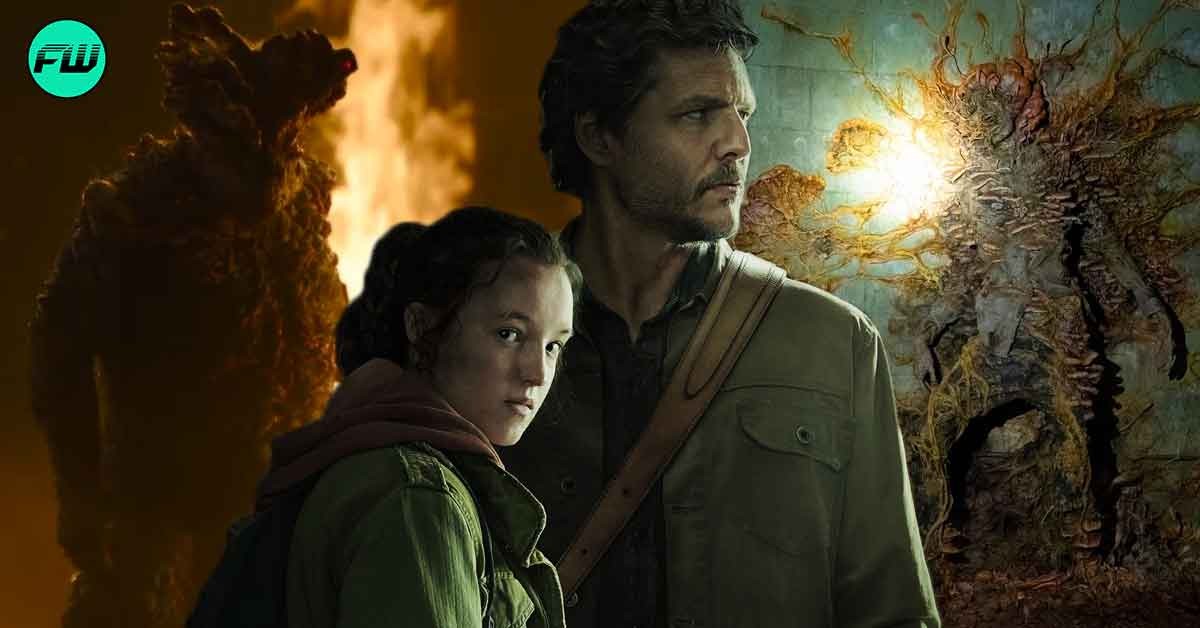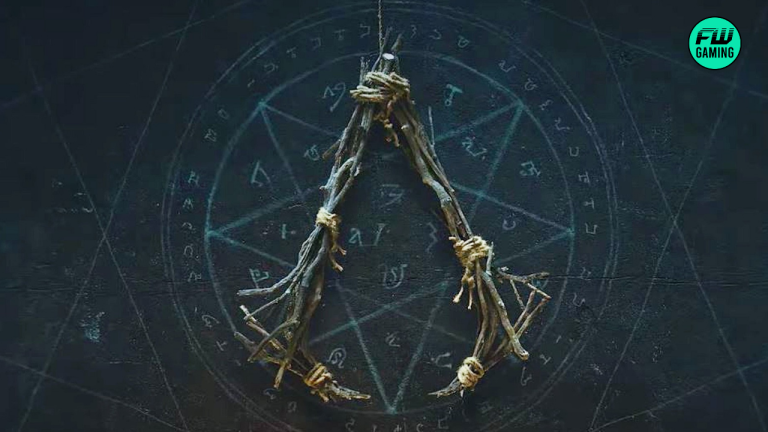The Last of Us video game, as well as the TV show, has grown ‘infectious’. The grippy storyline has tied the fate of Joel and Ellie to a world of Cordyceps. Seemingly a human zombie, the inception is microscopic. The fungus evolved in tandem with Global warming, spreading into insects, crops, and then larger mammals and humans. Once ingested by humans, the fungus multiplies and goes through a 4-stage phase, during which the host slowly loses control of its brain. As the stages progress, the human body changes forms as hardened flower-like structures grow out and take away many functions but retain and fortify in light of their main goal, to multiply.

1. Runners (Stage 1)
After 48 hours of being infected, they possess superior vision and speed, thus the name, Runners. Their ‘MO’ is to swarm around a victim or group and charge at them haphazardly. They look like survivors from afar but up close, they are nearly bald, pale-skinned, slouched, and have bloodshot eyes.
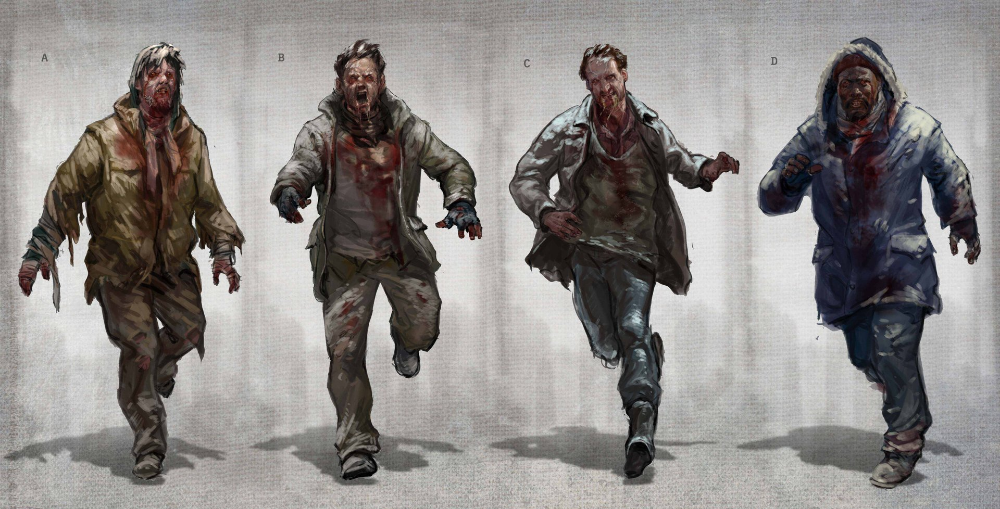
2. Stalkers (Stage 2)
Within 14 days to a month, Runners grow fungus-like branches on their faces and head, due to which they can only see through one eye. However, they have excellent echolocation abilities. In The Last of Us universe, Stalkers are the type to detect a victim and stealthily close in on them while taking cover.
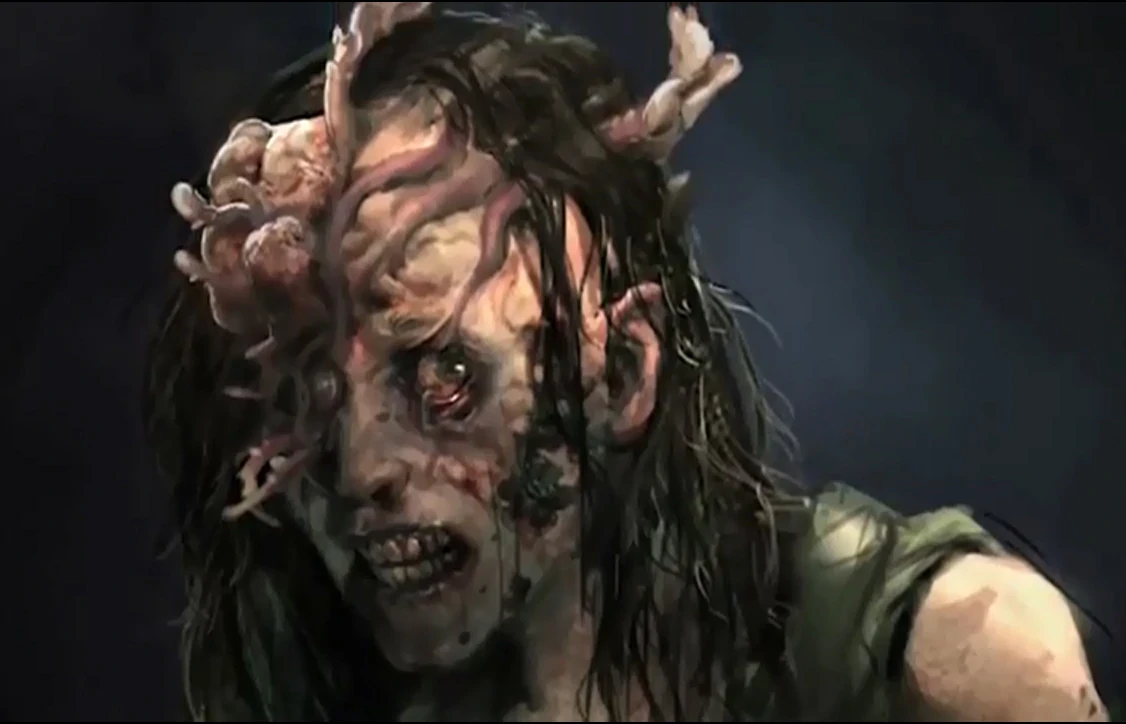
3. Clickers(Stage 3)
Iconic to The Last of Us, Clickers have been infected for over a year and now possess strength that is enough to take on two humans together. Their head is completely deformed as the fungus grows out and represents an exploded brain. The blind mutation has a set of sharp teeth and makes a clicking sound to locate their victim and navigate their way around. They usually lie passively unless alarmed by sound.
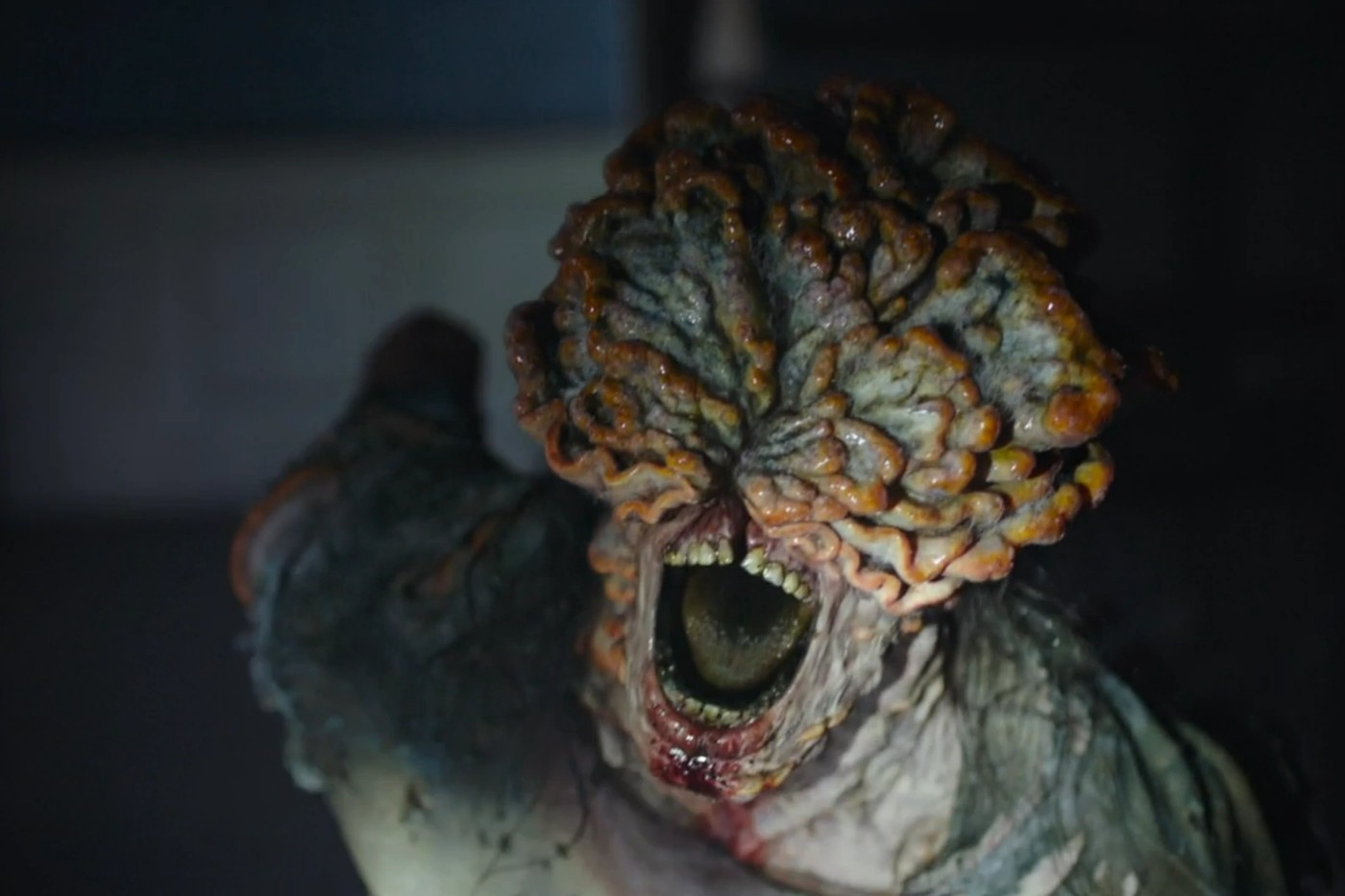
4. Bloaters (Stage 4)
The rarest and one of the deadliest forms in The Last of Us world are Bloaters. After a decade of being infected, they have grown thick fungus around their body, enabling them to take multiple bullets without a stutter. Coupled with this are supreme strength capabilities and the growth of glowing pouches around their body which can be thrown at victims. Although slow and sloppy, Bloaters are rampant and robust, making them an absolute terror whether you’re watching or playing.
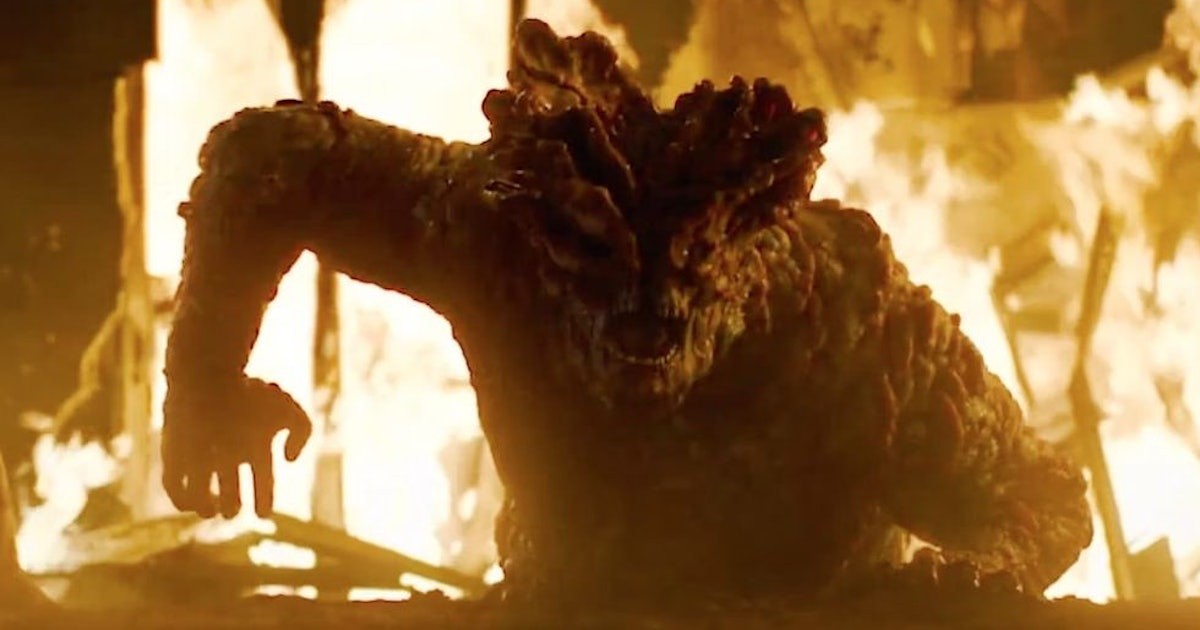
5. Shamblers (Stage 4 variant)
Similar to Bloaters’ strength and fortifications, Shamblers are usually found around water bodies. They have large amounts of fungal growth on their torso and heads, with enormous pus spores. They have the unique ability to run quickly, unlike Bloaters, and discharge toxic gas, infecting victims around them.
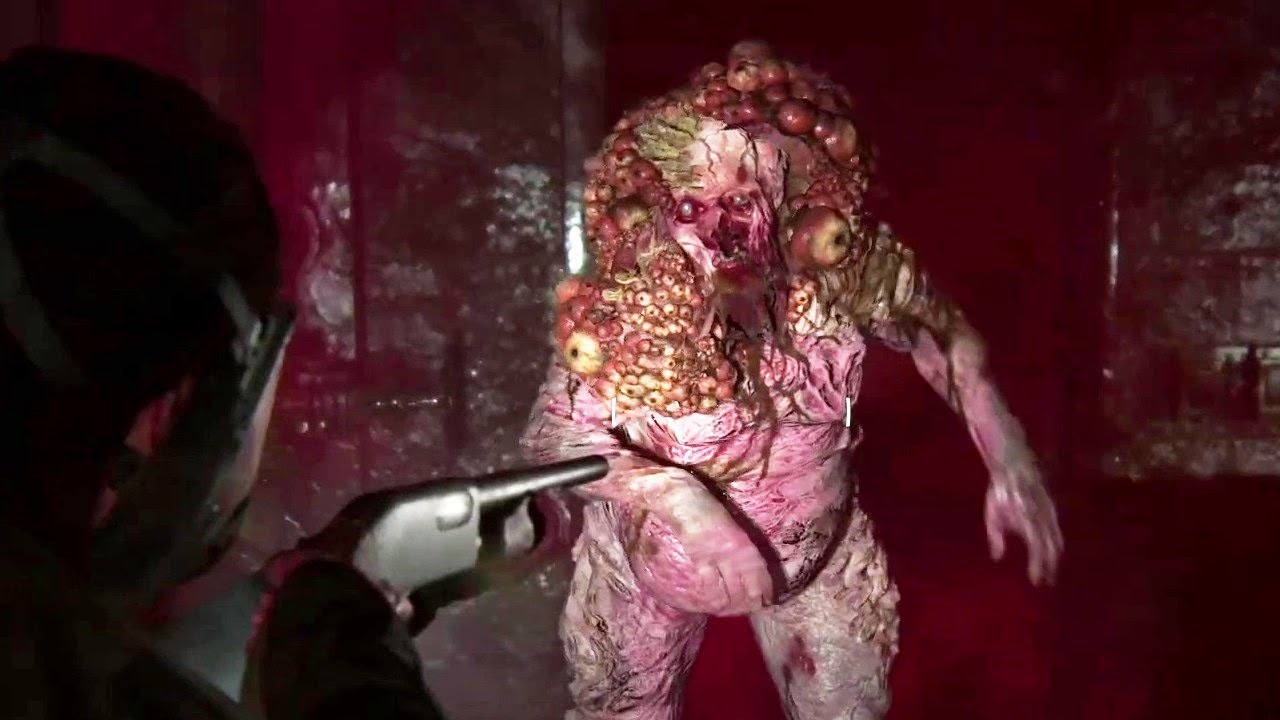
6. Rat King (Super-organisim)
Whereas all the mutations of the Cordyceps are dangerous, the demonic Rat King is a fusion of Bloaters, Clickers, Runners, and Stalkers, making it the most lethal of its kind in The Last of Us universe. With the ability to absorb an insane amount of damage, and conversely put out enough to destroy walls, trees, cars, and anything in the middle.
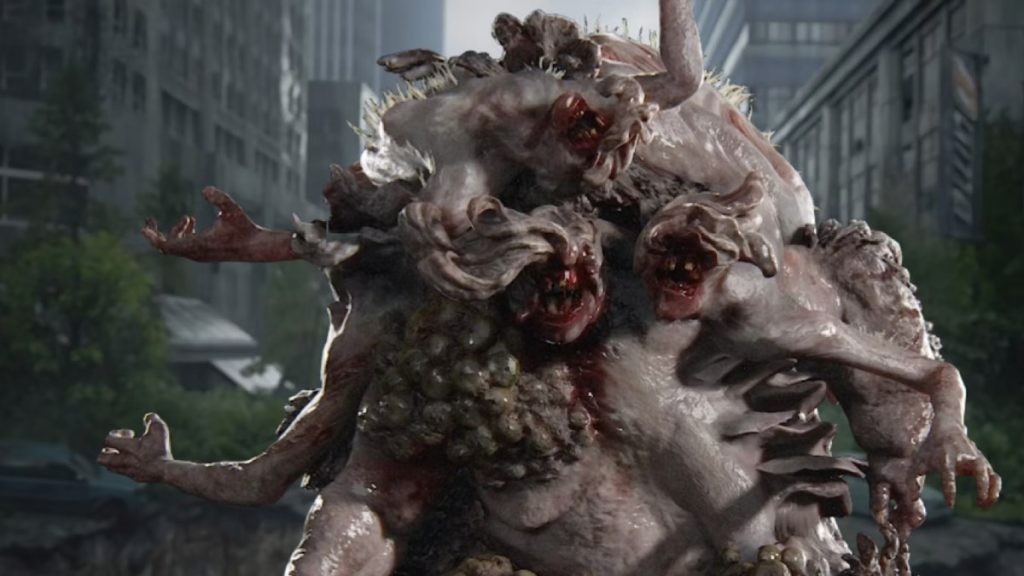
7) Mycelium Network (Stage 0)
This a hidden stage that the fungus can mutate into after an infected is deceased. The mycelium branches grow out of the carcass and create a wide network that spreads in and onto the ground and walls. If stepped on or touched, the branches send messages to nearby infected, whether a Rat king or a runner, which makes it the biggest potential threat.
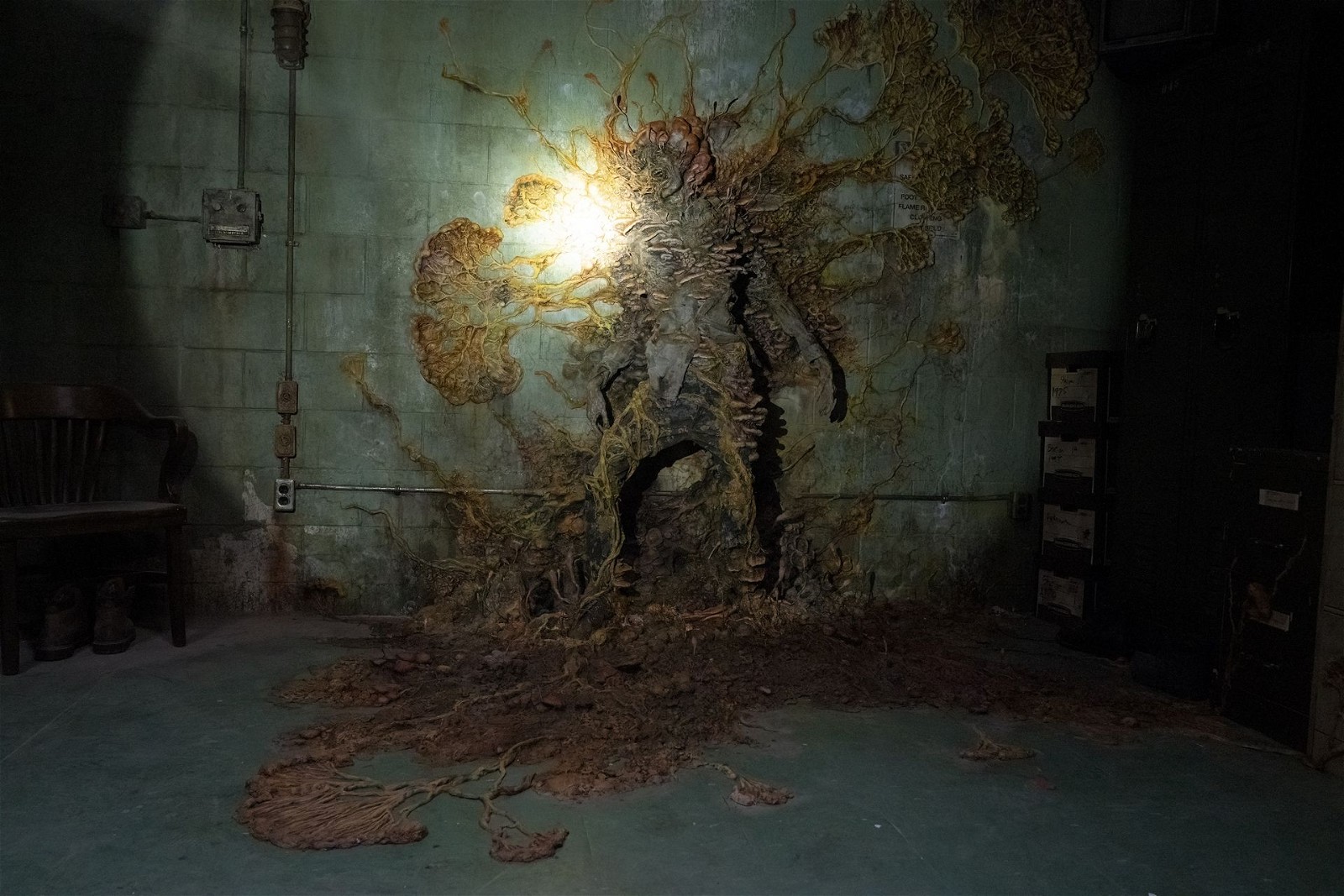
Source: Cosmopolitan

